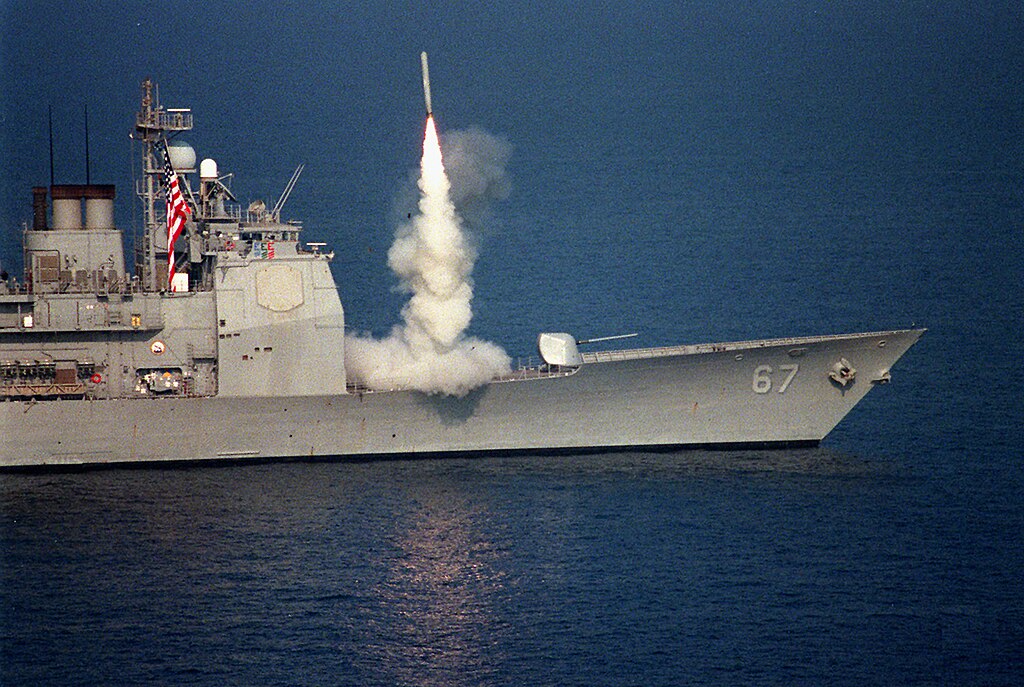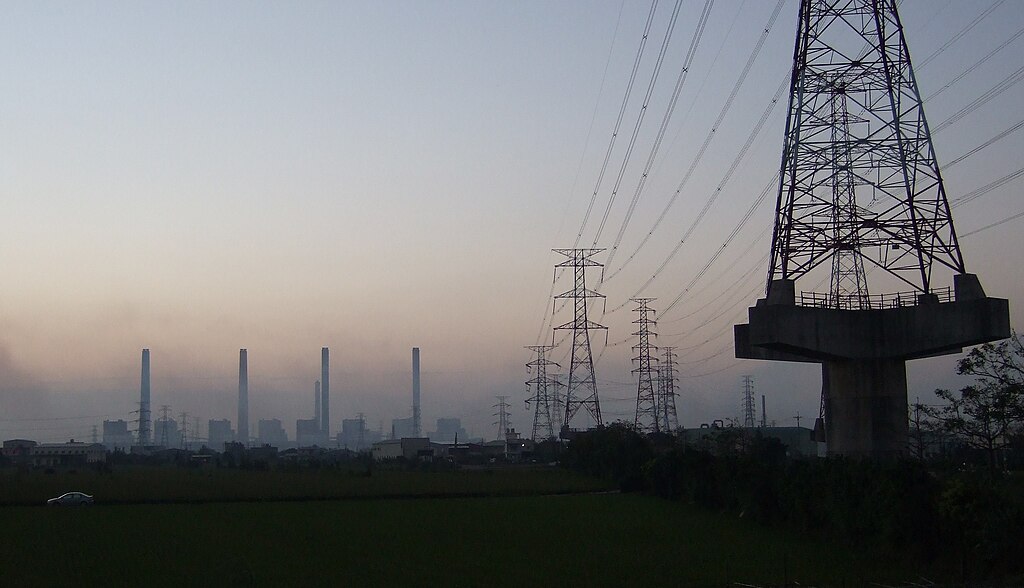China just revealed a weapon that could change how wars are fought. In June 2025, Chinese state television aired an animated demonstration of a graphite bomb system designed to plunge entire regions into darkness without firing a single bullet at human targets.
The weapon represents a fundamental shift in military thinking. Instead of destroying infrastructure, China’s new system disables it. Instead of killing people, it cuts their power. And instead of causing permanent damage, it creates chaos that could prove just as decisive as conventional bombing.
How China’s Graphite Bomb Works
On June 26, China’s state broadcaster CCTV aired an animated demonstration of a graphite bomb system. An animated video posted online showed a missile fired from a truck. Once in the air, it released 90 submunitions. These are smaller bombs carried inside a larger missile. They bounced when they hit the ground and then exploded in the air. The video showed the weapon hitting an electrical station and shutting down the power.
Each of the submunitions carries thin carbon threads that spread out like black snow. When these threads land on power lines and electrical equipment, they can cause short circuits that knock out electricity across a wide area.
The weapon can reach targets up to 180 miles away and can disable power across about two and a half acres in one strike. It is launched from trucks that can move around, making it harder to find and destroy. The warhead weighs about 1,080 pounds, and Chinese media says it can cause complete power failure in the strike zone. It is still unclear whether this system is ready for real use or if it is only experimental.
Lessons From Past Blackouts

The United States proved these weapons work during the Gulf War in 1991. American warships fired Tomahawk missiles, which are long-range cruise missiles, loaded with carbon fiber wire at Iraq. The attacks knocked out 85% of Iraq’s power grid, crippling military and civilian infrastructure.
Eight years later, in Kosovo, America used F-117 stealth fighters to drop CBU-94 cluster bombs that blacked out more than 70% of Serbia’s electricity. Each CBU-94 contained 202 BLU-114/B submunitions. When these wires hit power lines and electrical equipment, they melted and caused short circuits that spread across the country.
Within hours, major cities went dark, military radar stopped working, and command centers lost power. Serbia restored electricity within 24 hours, but America struck again, proving these blackout bombs could deliver repeated, precise attacks. China’s new version appears more advanced than these 1990s weapons, with longer range and more submunitions per strike.
Modern life depends on electricity. Militaries rely on it for radar, communications, missile defense, and supply chains. Civilian systems are no different, with airports, ports, and command centers all tied to the grid.
These bombs take advantage of this weakness. They can cut electricity to military and civilian systems without destroying buildings or harming people. Roads, airports, and other facilities would remain standing even as the power goes out.
Taiwan’s Grid as a Prime Target

China’s graphite bomb is built for a new kind of war that some call a “silent siege” of Taiwan. Instead of sending tanks and troops across the water, Beijing could shut down Taiwan’s power, block its ports, and spread false information to force the island to give in. Taiwan’s power grid is a fragile target. A single interconnected system means any failure can spread nationwide, and Greater Taipei depends on only three transmission lines to bring power north from southern plants.
Chinese military research points to a simple weakness. If three key substations were hit at once, the north of Taiwan would almost certainly go dark. Most of the island’s electricity comes from the south, from plants like Hsinta, and travels north on a handful of 345-kilovolt lines. Cut those cables, and the lights go out.
The 2022 “303 Blackout” proved this vulnerability. Human error at Hsinta Power Plant triggered a chain reaction that caused multiple plants to go offline. Chiahui, the Third Nuclear Plant, Talin, and Nanpu went dark in sequence. Taiwan’s grid lost a third of its capacity, leaving 5.5 million households without power for 12 hours.
The weapon’s strength is precision. Combined with naval blockades and propaganda, this strategy could squeeze Taiwan into surrender. The goal is winning not through destruction, but by turning off the lights when Taiwan is most vulnerable.
Defense Gets Harder
Power grid warfare did not start with China, but its progress has sped up competition. South Korea announced graphite bomb technology in 2017 to disable North Korea’s grid and nuclear sites. Since then, China has surged ahead in the field of grid warfare, with studies showing its researchers account for most new patents in high-power microwave weapons. These electromagnetic weapons disable electronics from a distance.
Other nations are responding by building microgrids that can operate independently when the main grid fails. Some are moving essential systems underground or installing air defenses to intercept incoming attacks. But these defenses have limits. Attackers can time strikes for favorable weather, most infrastructure remains exposed above ground, and repairs require spare parts and safe working conditions during conflicts.
War That Ends in Darkness
Wars fought with blackout weapons blur the line between soldiers and civilians. When graphite bombs target power grids, they cut electricity to everything connected; entire cities go dark at once. Communities lose medicine, food storage, water systems, and the sense of safety that keeps order intact. This gives graphite bombs their real power. They can stop armies without firing at them, and pressure whole nations by cutting into the daily lives of their people. In conflicts like these, survival depends less on firepower and more on how fast a society can adapt when the grid fails.
Read More: Watch: Entire Mountain Range in China Turned into a Sea of Solar Panels

